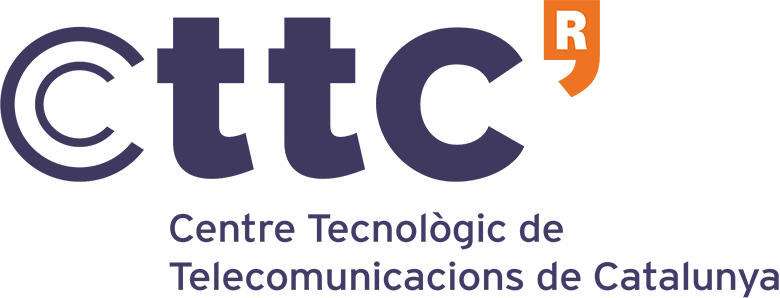Cooperative communications systems improve the capacity of wireless communications by allowing cooperation between nodes at the physical layer level. It is possible to use cooperation to implement distributed antenna arrays, which allow the utilization of multiple antenna techniques that can provide the benefits of multiple antennas to single antenna terminals
The objective of this course is to provide the fundamental tools to understand, analyze, and design cooperative communications systems in general, and distributed array configurations in particular. The lectures will cover the following areas:
- Background material: propagation in wireless multipath environments, channel fading distributions, diversity analysis, performance metrics: bit error rate exponents and channel outage probability, multiple antenna transmission techniques, basics of coding theory.
- Cooperation scenarios: mesh networks, sensor networks, relaying to enhance coverage of wireless networks.
- Cooperation algorithms: decode and forward, amplify and forward, compress and forward, distributed antenna arrays, parallel relaying, multi-hop transmission.
- Analysis of cooperative networks: Shannon capacity analysis, results for degraded relay channels, diversity analysis, analysis under different degrees of channel state information.
- Advanced techniques: distributed space-time code design, relay selection, power allocation techniques.
The students will understand some of the fundamental tradeoffs involved in wireless communication system design and how collaborative transmission can be used as a tool to improve performance. Students will get insight into basic relaying techniques such as decode-and-forward and amplify-and-forward and also more sophisticated methods. The philosophy of the course is to provide a combination of understanding of fundamental principles and learning of state-of-the-art techniques. Lectures will be given in an interactive style, exploiting the interdisciplinary nature of the topic and a diverse composition of the audience. The concepts learned will be put into practice with computer exercises.
- Course schedule: 36 hours (lectures 18h, personal work and computer exercises 18h).
- Prerequisites: Undergraduate level signal processing for communications (graduate level recommended).
- Availability: 25 students.
- ECTS credits: The ESoA recommends that this course be valued with 3 ECTS credits.
- Registration and Fees:
-
On line registration at: http://www.antennasvce.org/Community/Education/Courses?id_folder=62
-
ACE Network Member 150€
-
Non-ACE Member from non-profit institution 400€
-
Non-ACE Member from profit institution 1000€
-
